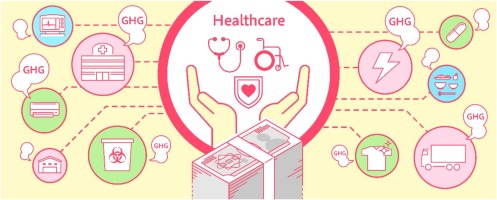We published a new paper from JAMA Network Open.
Abstract
Importance Childhood maltreatment can have significant consequences on health through the life course, but its association with health care costs in later life is not widely known.
Objective To assess whether a history of childhood maltreatment is associated with additional medical costs among older adults in Japan.
Design, Setting, and Participants This population-based cross-sectional study used data from the Japan Gerontological Evaluation Study, 2013, linked with national health insurance claims data from April 2012 to March 2014 for 1 municipality that participated in the Japan Gerontological Evaluation Study, 2013. The municipality had more than 1.5 million residents, and 978 independent individuals aged 65 to 75 years were included in the analysis. Data were analyzed from October 2017 to February 2019.
Exposures Childhood maltreatment, including physical abuse, emotional neglect, emotional abuse, and witnessing intimate partner violence.
Main Outcomes and Measures Mean annual medical costs between April 2012 and March 2013 and between April 2013 and March 2014.
Results Among 978 independent older adults (mean [SD] age, 70.6 [2.9] years; 426 [43.6%] men), 44 (4.5%) witnessed intimate partner violence, 19 (1.9%) were physically abused, 104 (10.6%) were emotionally neglected, and 56 (5.7%) were emotionally abused in childhood. In total, 176 older adults (18.0%) experienced at least 1 type of childhood maltreatment. Mean annual medical costs of those who experienced any childhood maltreatment were significantly higher than of those who did not (difference, ¥136 456 [US$1255]; 95% CI, ¥38 155-¥234 757 [US$351-US$2160]; P = .007). Those who experienced emotional neglect incurred more mean medical costs than those who did not (difference, ¥161 400 [US$1484]; 95% CI, ¥42 779-¥280 021 [US$394-US$2576]; P = .008). The association of any childhood maltreatment with medical costs remained significant after controlling for age and sex (average marginal effect, ¥116 098 [US$1068]; SE, ¥53 620 [US$493]; 95% CI, ¥11 004-¥221 192 [US$101-US$2034]; P = .03). The estimated additional costs associated with childhood maltreatment would be more than ¥333 billion (US$3.1 million) per year nationwide.
Conclusions and Relevance In this study, childhood maltreatment was associated with additional medical costs among older adults living in Japan. This finding underlines the importance of primary and secondary prevention of child maltreatment.
Aya Isumi, PhD; Takeo Fujiwara, MD, PhD, MPH; Hirotaka Kato, PhD; Taishi Tsuji, PhD; Daisuke Takagi, PhD; Naoki Kondo,MD, PhD; Katsunori Kondo,MD, PhD.(2020) Assessment of Additional Medical Costs Among Older Adults in Japan With a History of Childhood Maltreatment.JAMA Netw Open. 2020;3(1):e1918681. doi:10.1001/jamanetworkopen.2019.18681
https://jamanetwork.com/journals/jamanetworkopen/fullarticle/2758407?guestAccessKey=4e542327-5eed-4244-b760-38a64358517e&utm_source=jps&utm_medium=email&utm_campaign=author_alert-jamanetwork&utm_content=author-author_engagement&utm_term=1m
